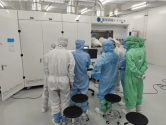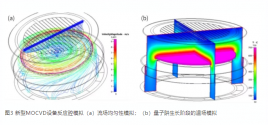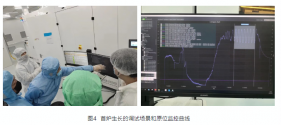I think the value of the SMIC breakthrough isn't really to convince the Americans to relax the sanctions, but to dissuade the partners from following Washington's demands. It took the Biden admin a lot of effort to get the Dutch onboard, and this is what they've got to show for the suffering?
I still look at it as a technology war, and in practical terms.
As of today,
- no 7nm chips are used in weapons systems
- no 7nm chips are used in supercomputers 95% of them
- no 7nm chips are used in rocketry
- no 7nm chips are used in AI chips commercially for sale
The American notion of restricting chips to China, in the desire to restrict Chinese technological advances, that plan is finished and failed rather quickly.
The newest Apple iPhone might be a little faster than the Huawei Mate 60 Pro.
I say, that is kind of meaningless!? I don't play computer games on the phone, too old, almost demented?! Maybe. They bragging about Apple having a better and faster iPhone, so they can play iGames. They can stick that iNotion up where the iSun don't iShine.
By the time the Americans are building some weapons system or AI chip with 5nm, the Chinese will be right there doing the same, if not better.
They're stupid, but not that stupid. They probably already figured it out. Just this is too much for those racists in US politics to process.
Good.



